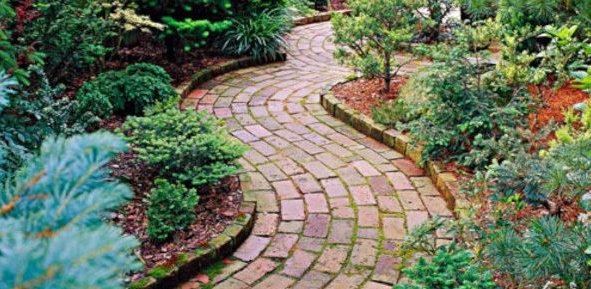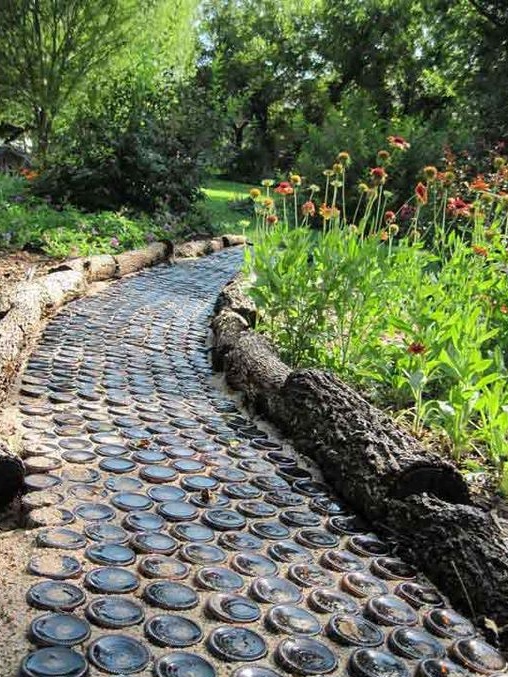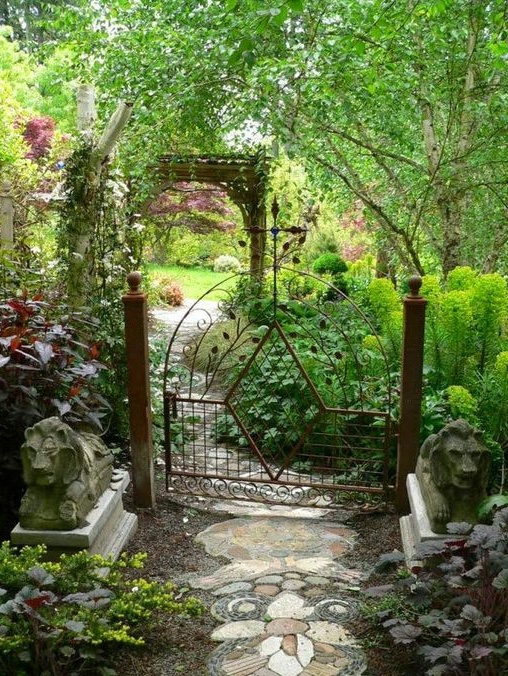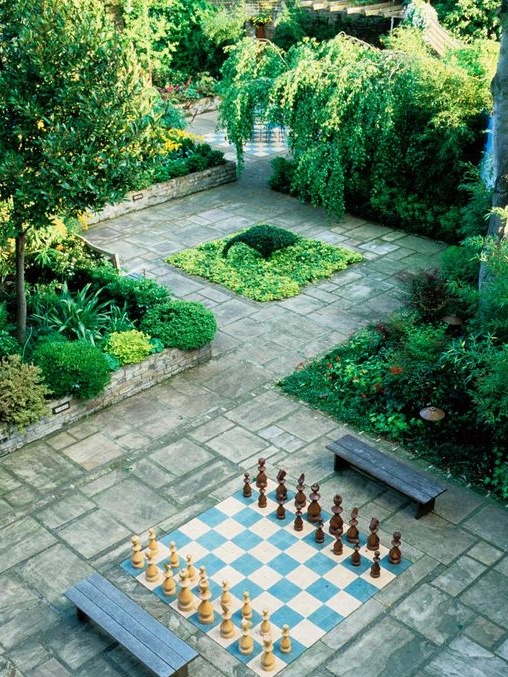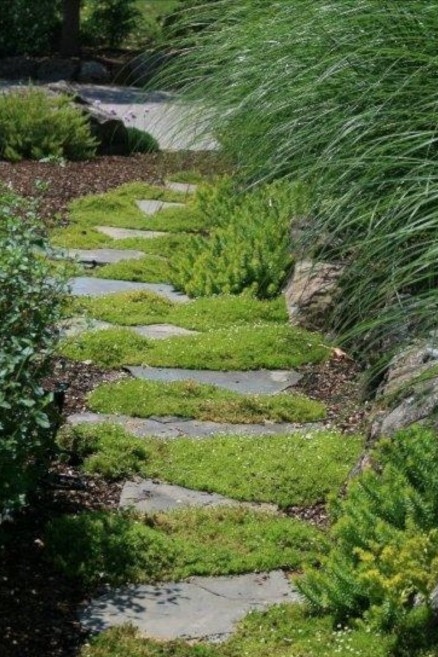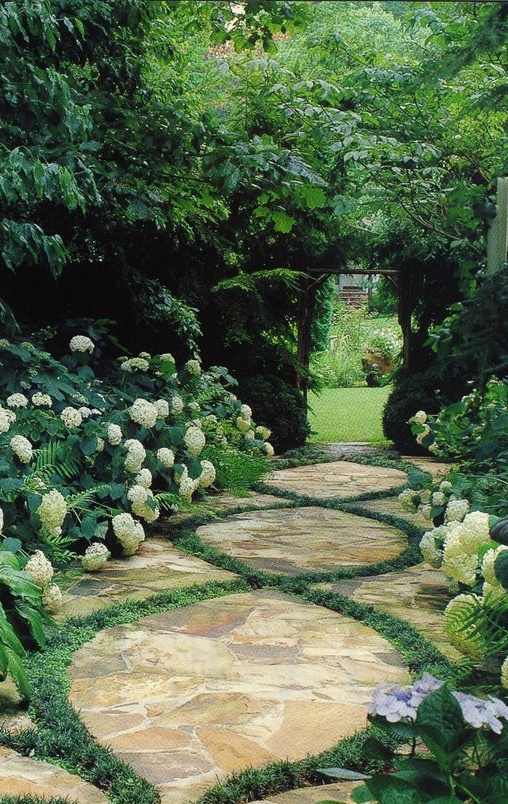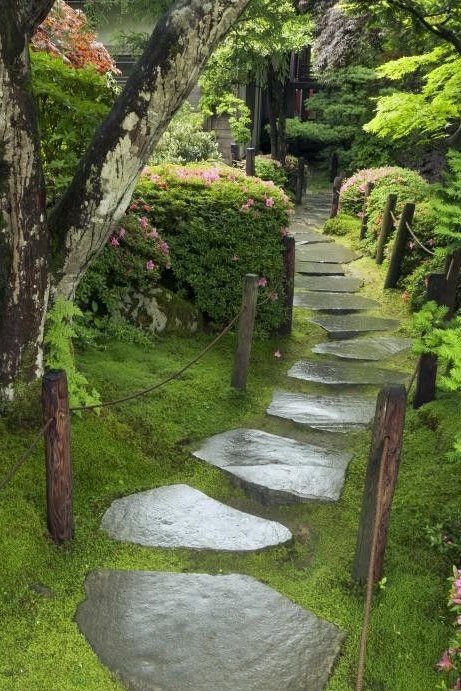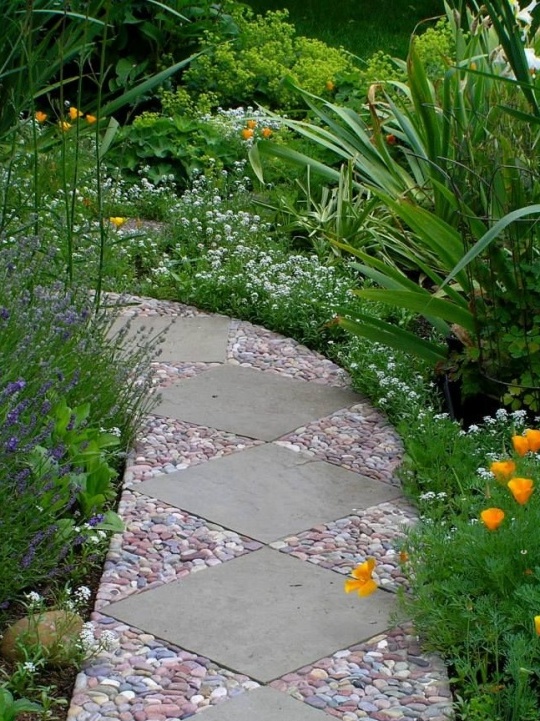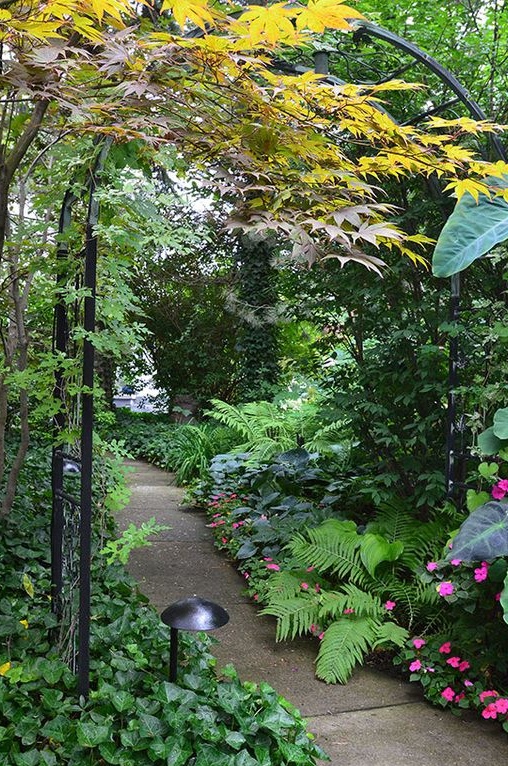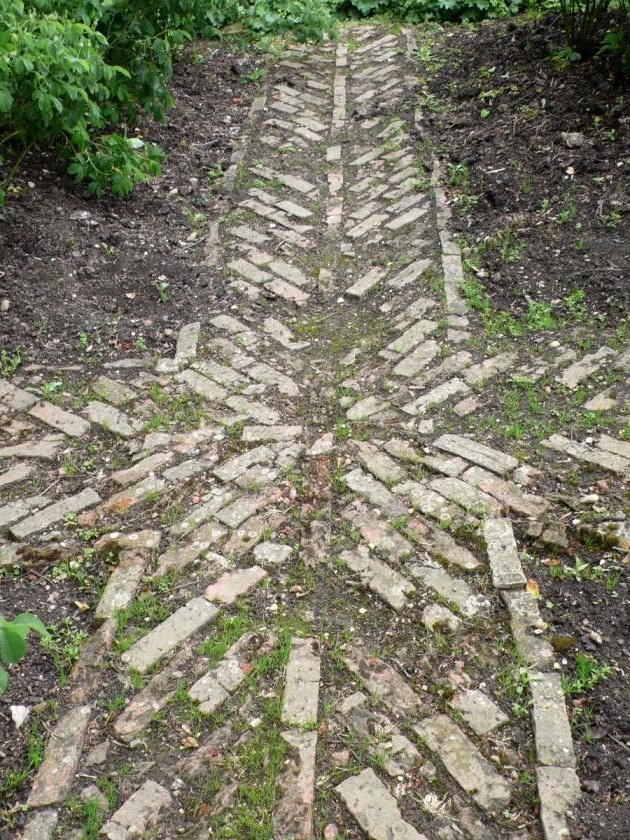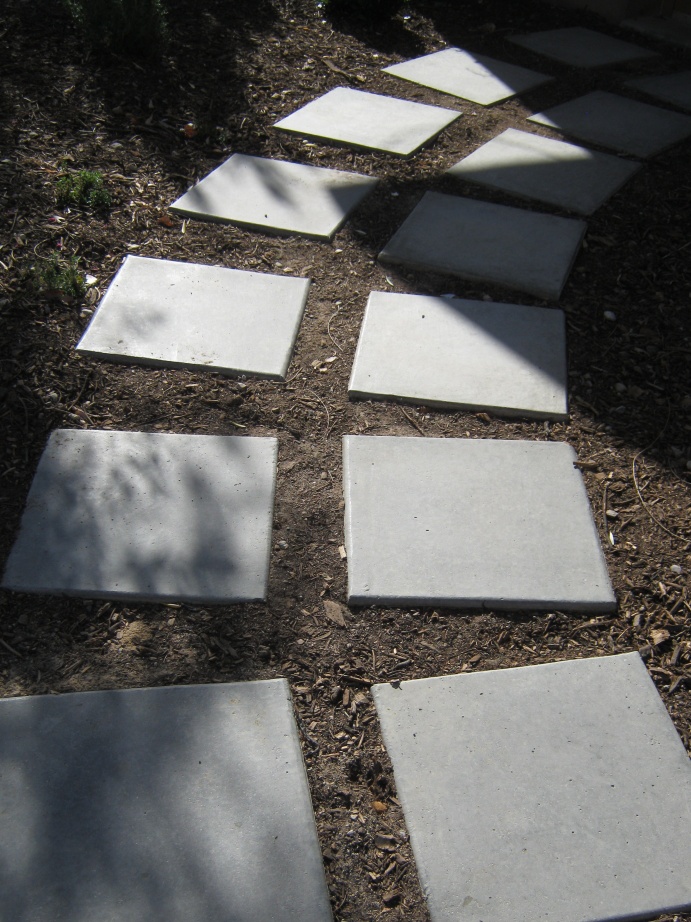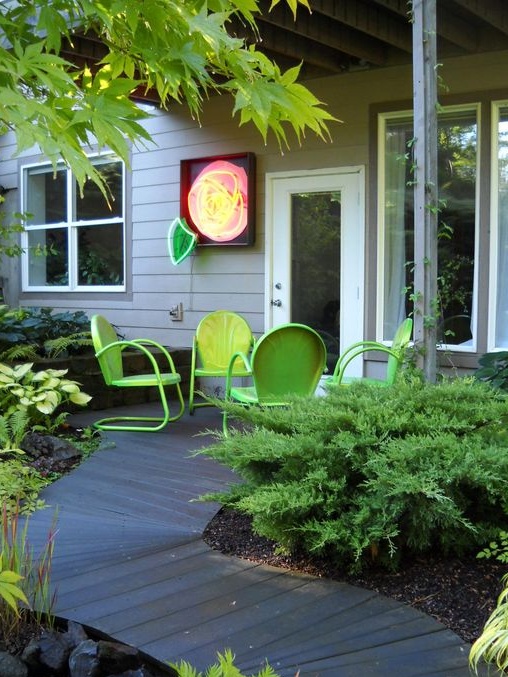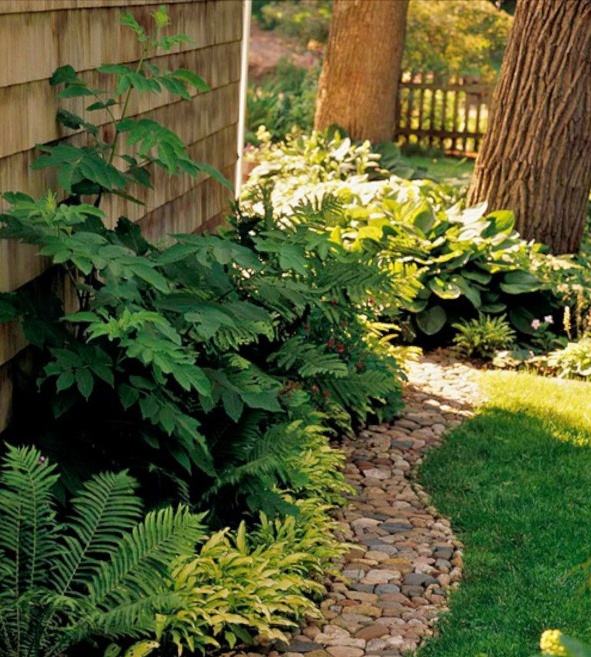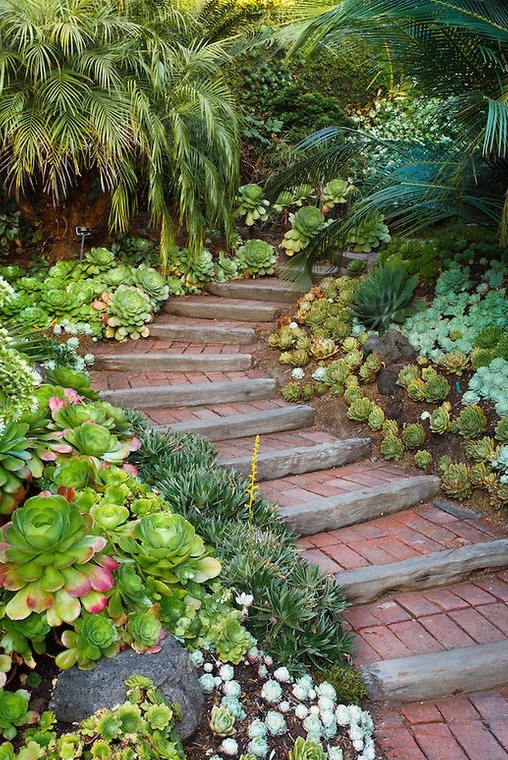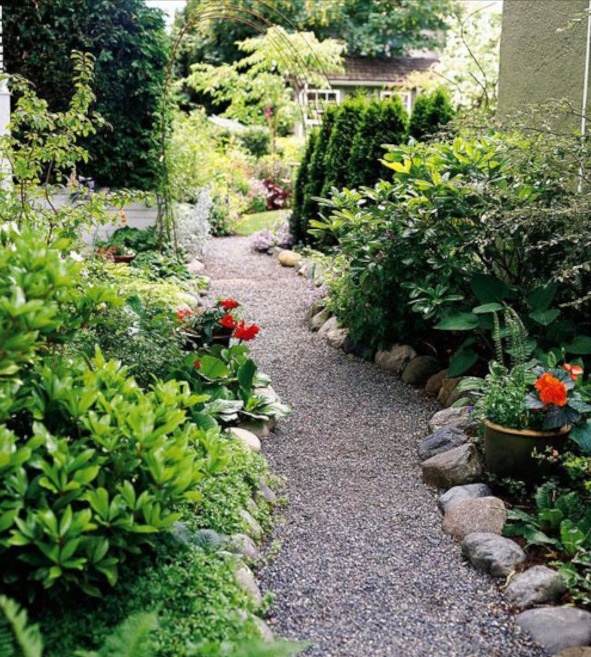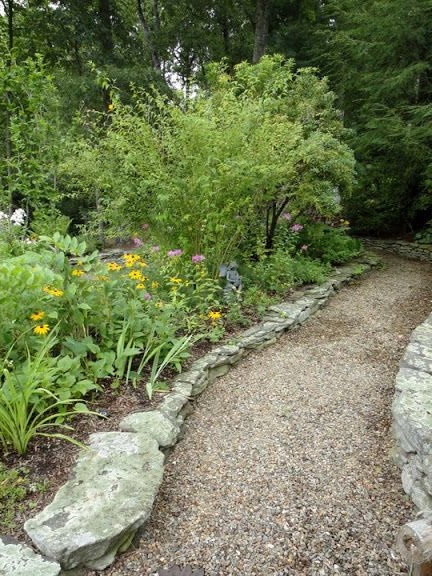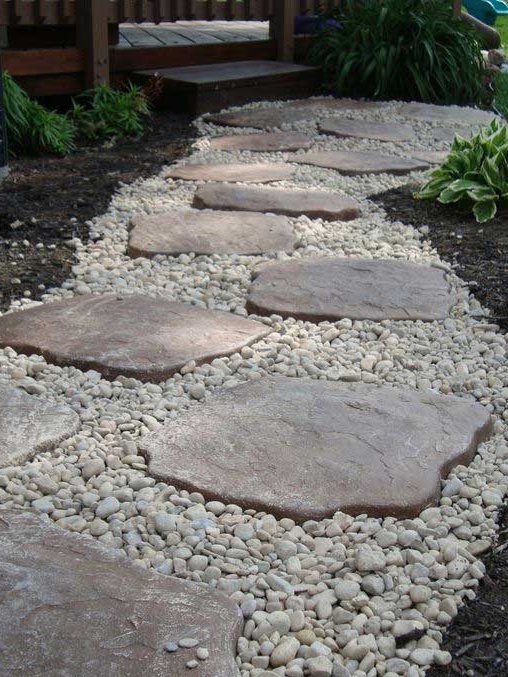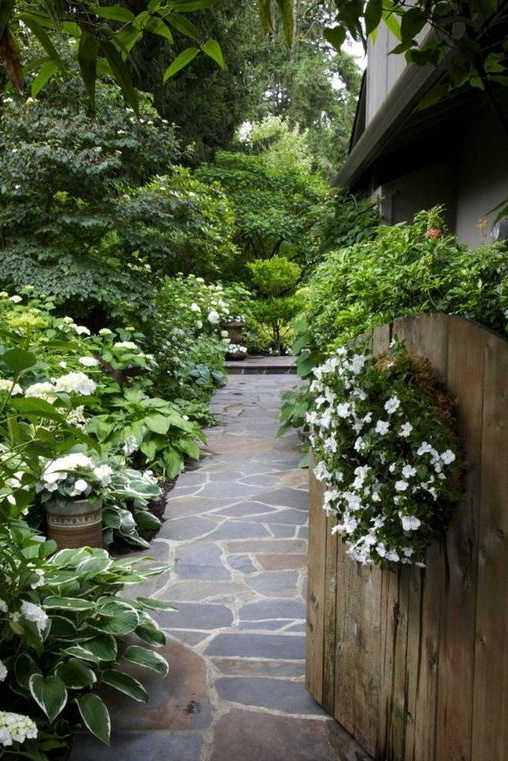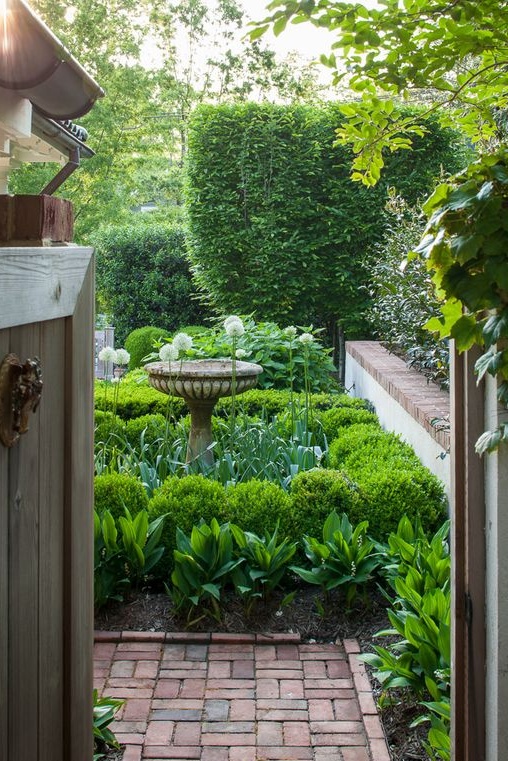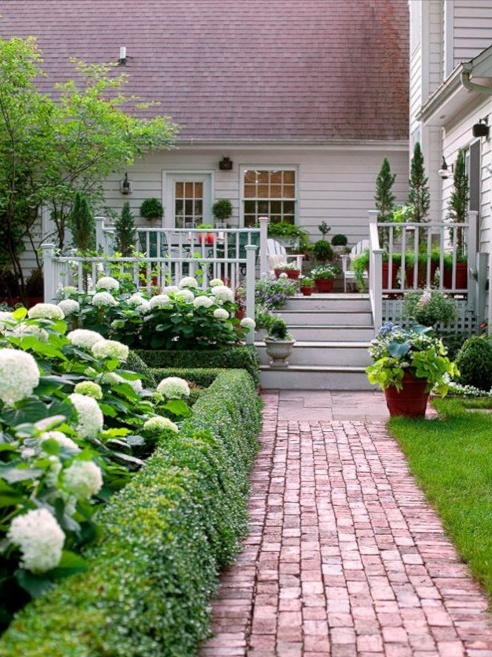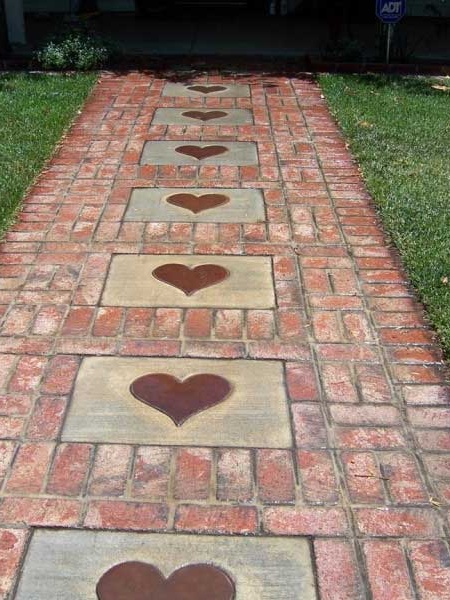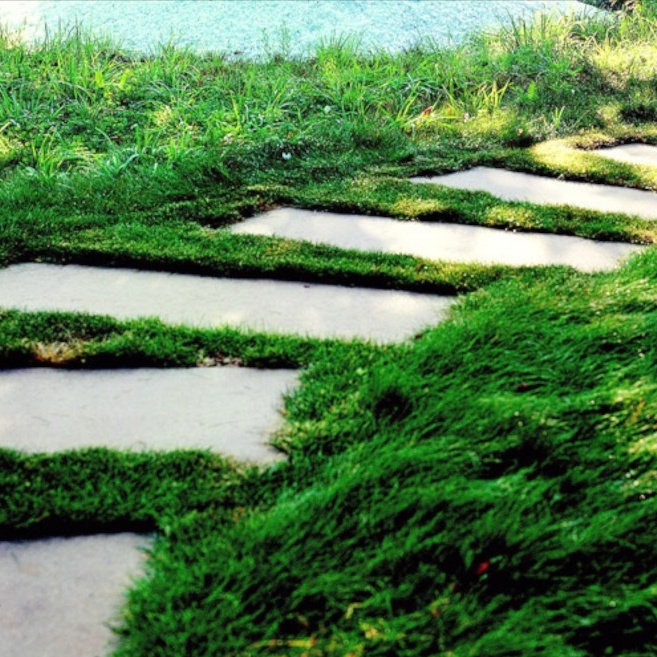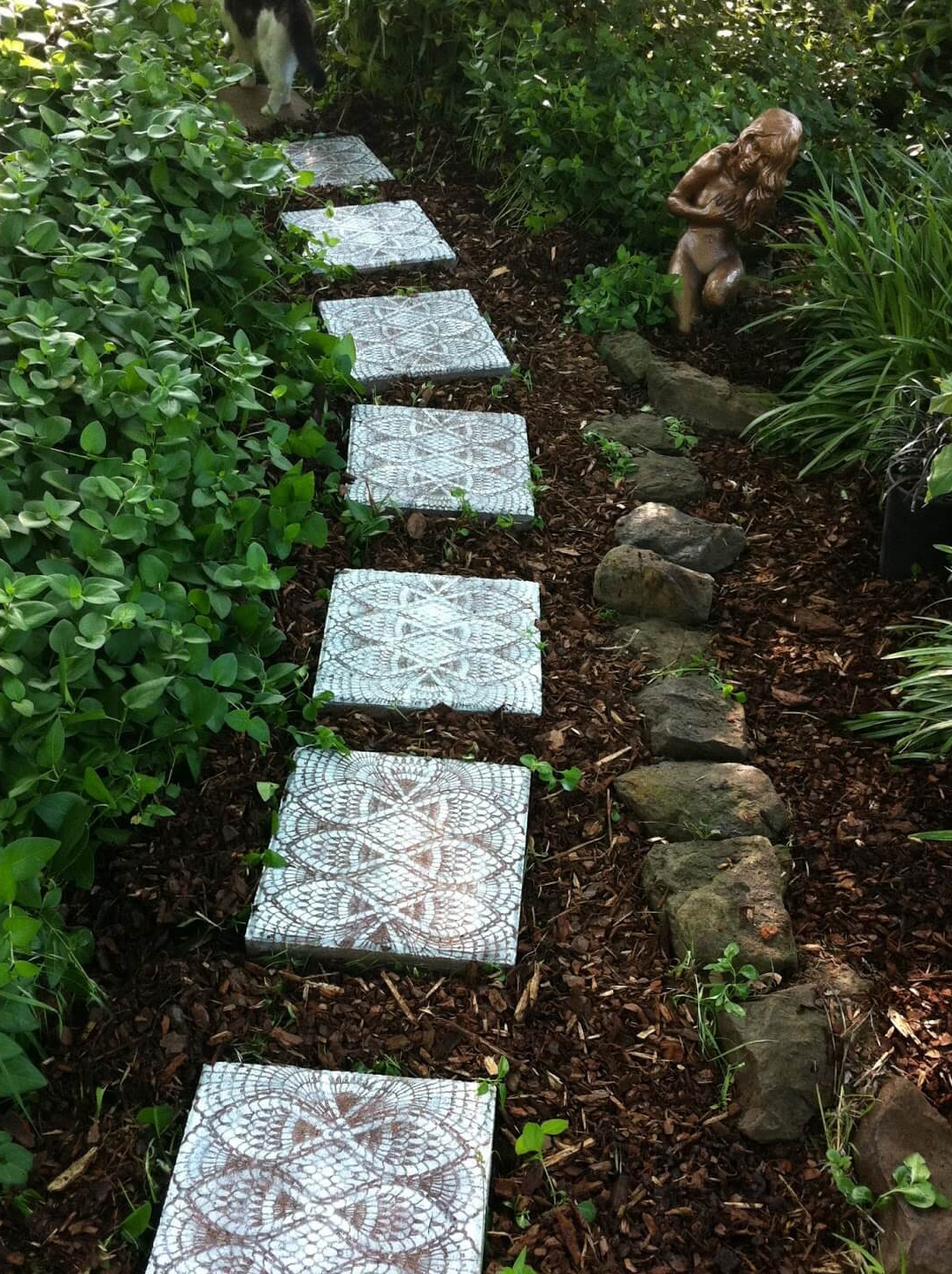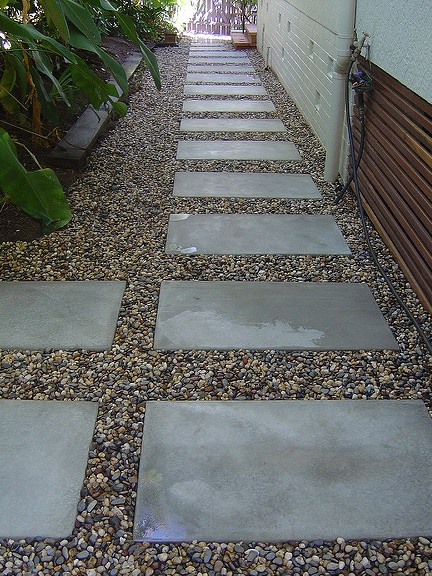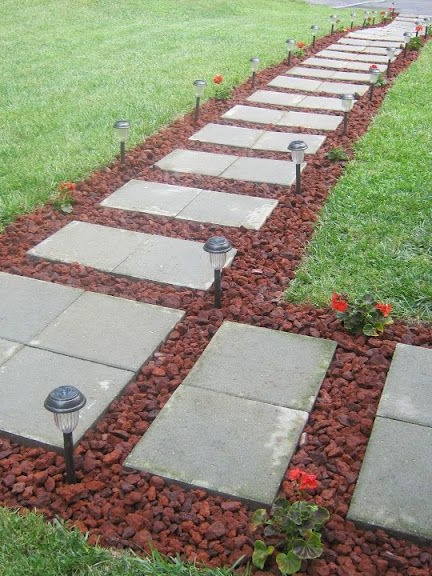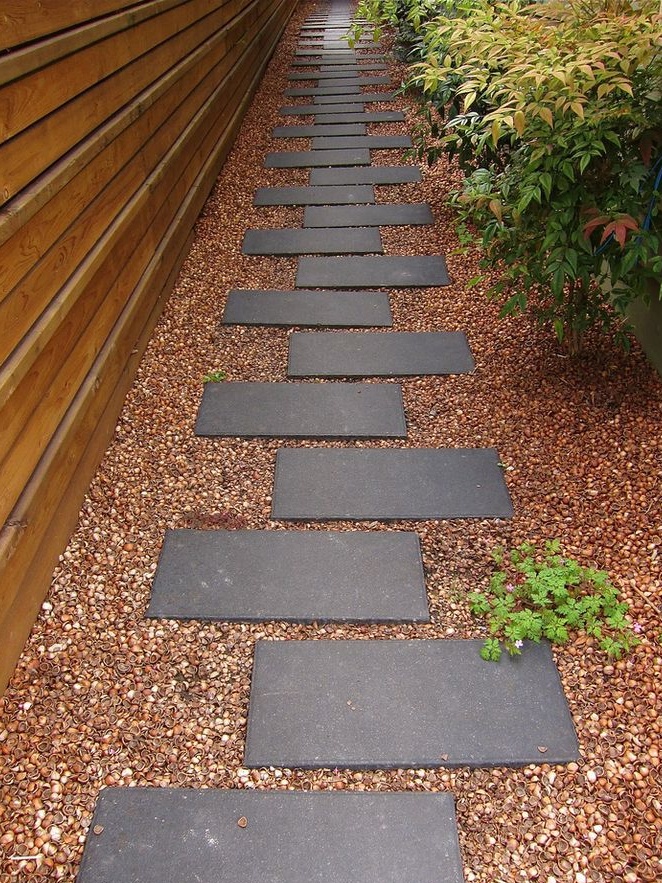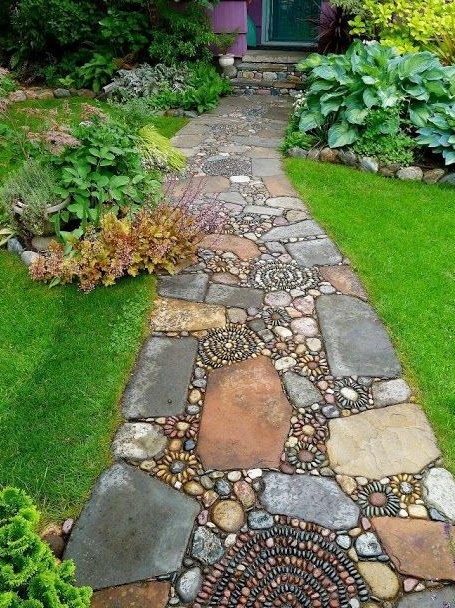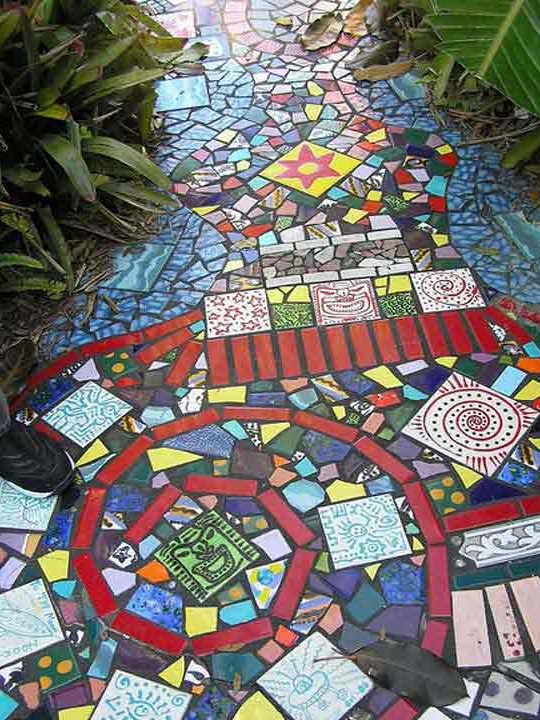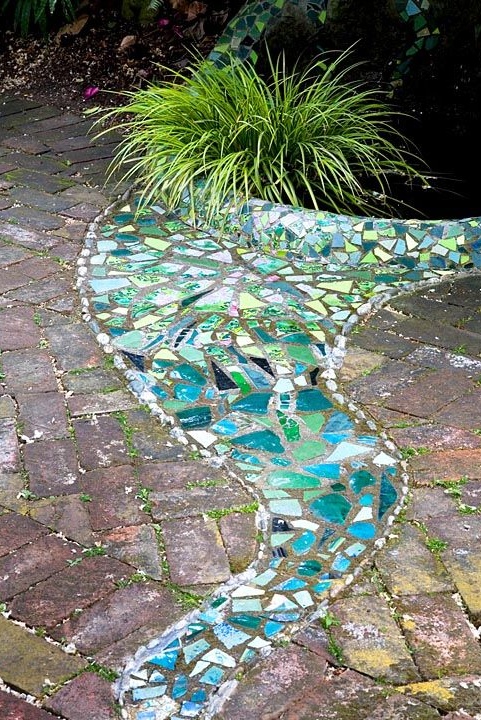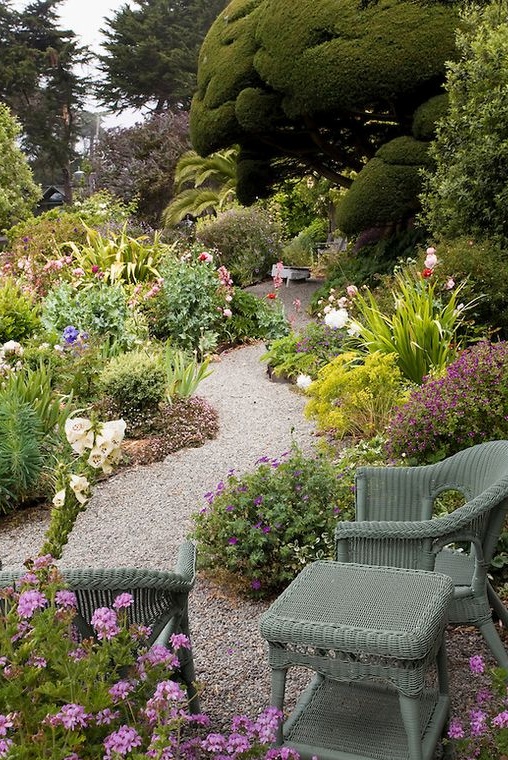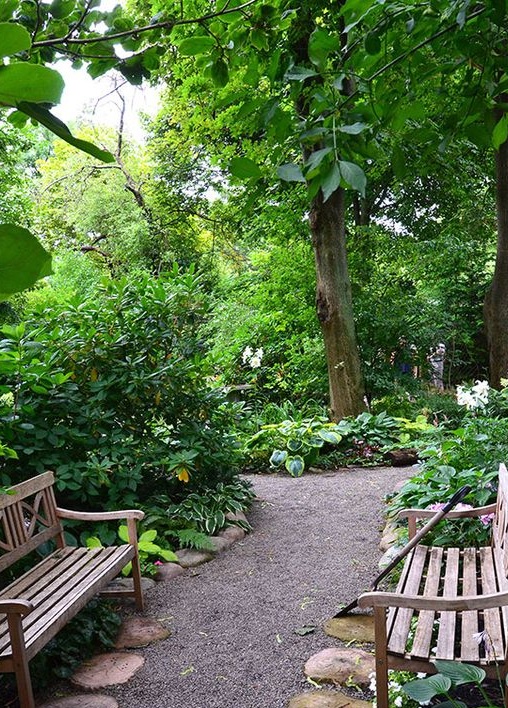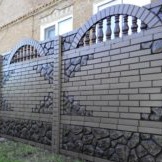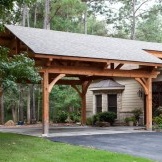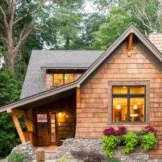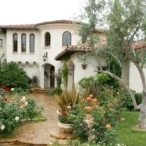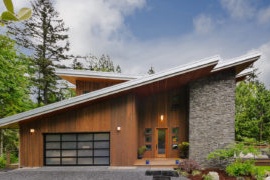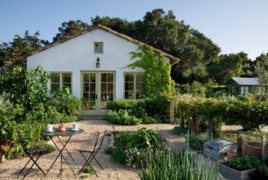DIY garden paths
Garden paths in a summer cottage, home garden or in the courtyard of a private household are not only an important element of landscape design necessary for comfortable movement between objects of the territory, but also a way of zoning and decoration. The correct arrangement of garden paths will allow you to spend as little time and effort as possible between the elements of landscape design, and beautiful, practical and durable performance will decorate the yard or summer cottage, create a creative design for the envy of neighbors and the pride of guests in your urban or suburban home ownership territory. Even in a small private courtyard, paths are necessary for safe and comfortable movement between the main and secondary objects of the territory - the building of a country or city house, a garage, a gazebo, outbuildings, a children's corner or playground, a swing, a barbecue area, a pool or a pond.
Requirements for garden paths
If we talk about physical parameters, the main requirement for the paths of the house territory and the garden plot is the smallest distance from one object to another. But often this criterion runs counter to the aesthetics of landscape design - winding paths look beautiful, romantic and even mysterious, but at the same time they make a longer path than their counterparts with clear straight lines and turns.
Conventionally, all the tracks of the site are divided into main and secondary. The requirement for the width of the track also depends on the path’s functionality - the main ones are usually made with parameters of 1-1.5 m, and the secondary ones can have a width of at least half a meter. But a lot depends on the material used to make the garden path — if standard sizes of workpieces (bricks, concrete or stone slabs, “garden parquet” or any other products with non-variable sizes) are used, then the width of the path is formed by their number.
If we talk about the aesthetic qualities of garden paths, then they must outwardly correspond to the general concept of the design of the yard or plot. If natural stone is involved in the design of the facade of a house or other buildings, the lining of platforms and patios, then it would be logical to use this material or its combination with other raw materials to lay out the tracks.
In addition to its main function - providing the ability to freely move between the objects of the house territory and dividing the site into segments, and otherwise - zoning, garden paths also play the role of decorative elements. With the help of the original choice of material or the way of performing country paths, you can not only create an exclusive landscape design for your site, but also realize your creative abilities, design ideas.
Types of Garden Paths
By the type of material used, all tracks can be divided into the following groups:
- concrete;
- stone (in turn, they are divided into those made of stone-plaster, pebbles, pavers and other types);
- brick;
- wooden;
- from waste material (plastic caps, parts of glass bottles, corks, etc.).
The material of the tracks is selected based on the design of the main building (its facade), other large-scale buildings in the courtyard or on the plot, the style of execution, the size of the paths themselves and the possibilities of the owners (a stone path will require financial investments, and a path from bottle caps will only take time to collect them )
In addition to the material, the criterion for the separation of tracks is the method of execution - they are divided into solid and non-solid. The name speaks for itself.The type of paths will depend on their length and purpose - whether the paths play an exclusively practical role or also bear a decorative load.
Also, all country and garden paths can be divided into two types - temporary and permanent. Most of the paths involved in landscape design are permanent. But in some cases there is a need for laying tracks, for example, only for the period of the summer season. Ready-made tracks are most often made of rubber or plastic and are sold per meter or in blocks (sections, products), interconnected by the type of puzzles.
Preparatory work
Regardless of how long your paths are, what material will be made and in which way, any performance will require preparatory work. First of all, you need to make a plan of the location of the tracks on the site. This can be done on a plain sheet of paper or in a special program, which is not difficult to find on the Internet. Designate on your plan all the elements of landscape design - not only the main buildings and sites, but also the location of flower beds, beds, household objects.
When laying paths that are still drawn from main objects to secondary ones, you can optimize the location of flower beds, beds and temporary plantings in order to reduce the distance between objects or to connect some elements into zones. In the course of preparing the plan, it will become clear which segments can be joined by the path leading to them, and for which sections of the yard you will have to use branching or bridge the platforms. Only on paper can it seem that a rarely visited corner of a garden or courtyard can do without a track - imagine your unwillingness to walk on the ground after rain, and you will find resources for making an albeit very narrow path.
Next is the marking on the ground. This step should not be neglected, especially in cases where not only the length, but also the width of the tracks will be clearly regulated by the material parameters - plates, bricks or any other standard workpieces. The easiest way to markup is with pegs with a taut rope or cord. In order to make the outlines of future paths more obvious, borders can be outlined with lime.
An ideal option can be obtained if, together with the marking of the paths, it turns out and arrange the marks on the planting of trees and shrubs, plants that will frame these same paths. On the ground, everything looks a little different than in the program or on a piece of paper. You can lay out stones with the inscriptions of the names of trees and shrubs or designate with them the layout of future flower beds.
The foundation pit for any path should be somewhat wider than the path itself. To garden paths served as long as possible, at the edges you need to lay out a border of stones or concrete.
The basis for the garden path
Do not neglect this stage of work if you want the path laid out by you to last for many years, and not begin to crumble or sprout grass after the first season of operation. When preparing the base for garden yeast, it is important to remember that they must have a slight slope to drain rainwater. The presence of a small drainage trench from the side of the slope of the paths will be an excellent help for the entire landscape design of the yard or plot during rainy weather.
So, it is necessary to carry out the following manipulations to prepare the foundation for the garden path:
- remove the upper fertile layer from 2 to 20 cm in size (it all depends on the quality of the soil, length, tire and material for laying tracks);
- along the entire length of the walls of the resulting pit, wooden boards are installed, after preliminary pouring under a little sand;
- if the concrete curbs limit the width of the track, they are set according to the level and fixed with reinforcing bars (to prevent shifts) that are driven inside the foundation pit;
- if the soil on your site is very loose and the walls of the trench are uneven, you will have to drive reinforcing pins at the edges of the walls, and then install borders;
- then, small gravel or gravel, pre-mixed with cement or sand (a layer thickness of 5 to 10 cm) is poured, leveled and compacted at the bottom of the trench;
- for a more thorough compaction of the gravel layer, it is necessary to periodically wet it.
An example of a beautiful and practical garden path
Consider the option of arranging brick garden paths as the most accessible and uncomplicated material to use (if you have the opportunity to use a used brick, rather than buying material).
The brick garden path is a fairly durable, durable and aesthetic surface that even a homeowner without special skills and experience can make on his own. The brick path is laid out according to the same principle as paving slabs or paving stones. In order for the trail to last as long as possible, choose a high-quality clinker brick and conduct all work with a high level of accuracy.
So, you need to go through the following algorithm of actions:
- the prepared base with a compacted top layer of sand must be carefully leveled using the rule (a homemade device from a board with a perfectly equal surface);
- then follows the installation of side bricks (with respect to the width of the track), they are mounted by the edge and driven into the sand to half its width with a rubber hammer;
- if your path does not have a curb, then the side bricks must be fastened with a mortar (use formwork, after removing which it is necessary to add gravel, compact it at the end of this work item);
- then the track pattern is made of brick directly (it can be placed with an edge or laid wide);
- usually, to create the most rigid and durable masonry, one row of bricks is laid along the path, and the second across. Also, to increase the strength of the masonry, cement-based street glue is used (it will help not only fasten the bricks together, but also prevent grass from growing through the products).
- a little solution is needed, because it is necessary that it does not protrude to the surface between the bricks, but is inside the masonry;
- upon completion of the installation of bricks, the gaps between them are filled with sand using a large brush;
- In order to give brightness to the obtained brickwork and extend its service life, the surface must be covered with a penetrating primer, and after it has completely dried, with varnish for street stone.
And finally: a few original ideas
In modern landscaping projects for territories of various shapes and sizes, design styles, you can often find garden paths laid out in the manner of steppingstones. It is as if you are moving along the elements of the track in the form of separate plates, flat stones or log cuts that arise directly from the lawn or bulk material of the base of the path. It’s easy to make a beautiful, modern and at the same time functional path with your own hands, if you use the so-called “steps” made of concrete of various shapes.
In this case, the combination of material is original. For example, clear edges and sharp corners of concrete square or rectangular slabs or stone slabs against the background of rounded forms of river stone - pebbles. Together, these two types of materials provide an organic and attractive alliance to create creative yet practical surfaces.
And the “steps” made of wooden plates look luxuriously on the fine decorative gravel of snow-white shades. Against the background of bright green lawns, such tracks will look especially impressive ...
Wooden garden paths are not uncommon. Only recently, for modern landscape design projects, the so-called "garden parquet" is increasingly being used.The material represents the standard dimensions of the workpiece, which are very easy to interconnect to create not only a durable and wear-resistant, but also an incredibly beautiful coating. "Garden parquet" is used not only to create paths, but also laid out on open verandas, platforms, terraces and patio or barbecue areas. The tree in such products is processed in a special way - it is not affected by the usual "natural irritants" - moisture, temperature changes, direct sunlight.
Laying out drawings from a round river stone (mainly Altai blue) allows you to create difficult original tracks, but to add the beauty of the creative process to the design of your yard or summer cottage. Round river stones of various sizes from very light gray-blue to dark like anthracite can be laid out in bizarre abstract patterns or prints that are quite clear in geometry. Creating such a track will require not only financial, but also time-consuming, incredible accuracy and a lot of free time. But all efforts will be more than compensated by the incredible aesthetics of the paths, their uniqueness.
No less original effect can be achieved by laying out a pattern from the remains of ceramic granite tiles (products for flooring, street use). The advantage of this method is not only the originality of the result and the freedom of flight of your imagination, but also the economy of the family budget, because the rest is not easy to use, but fragments of tiles of different shapes, sizes and colors.
A track created exclusively with bulk gravel may not surprise your guests or neighbors, but it can save you a family budget. It is only important to establish strong, continuous borders that will hold small fractions of the stone inside the trench.

